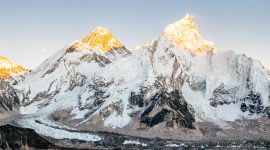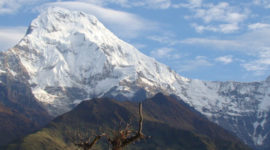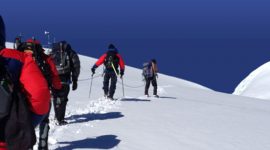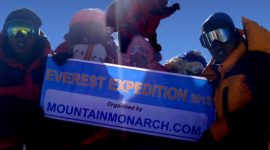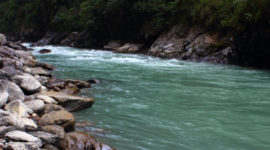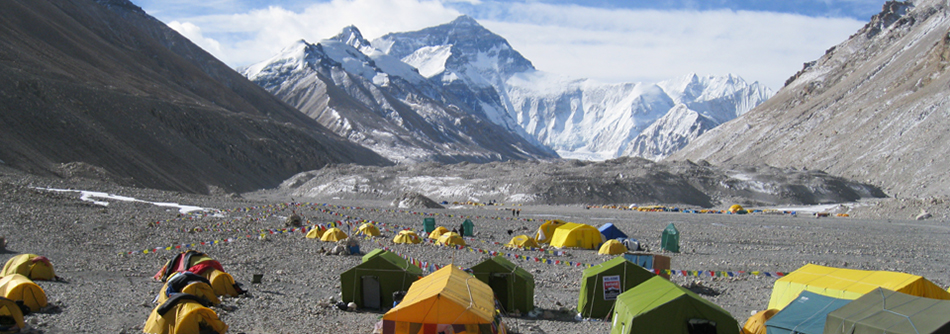LEVEL OF FITNESS:
Level of fitness is required for trekking which is exclusively physical. Here we are not asking for something hardcore as we don’t consider trekking to be a contest to demonstrate your level of fitness. It’s a holiday being with nature, local environment and in wilderness, yet few weeks of physical homework is required to support you while enjoying your freedom. Nevertheless, to make your holiday not so much of a sweat draining, we have well designed itineraries and we always keep up with our convenient walking pace giving you an ample time to take pleasure in each of your step. Our mantra with three ‘S’ is Slowly, Steadily, but Surely.
MOTIVATION (MENTAL/PHYSICAL):
The most significant factor while trekking which many fail to identify is ‘motivation. Mental preparation is inseparable from physical, it’s your mind and not your body that determines what you are capable of doing providing you with goal-oriented behavior. If you want to succeed and make your freedom of trekking the most pleasant of all then inspiration to know your potential and significantly believing in yourself is important. While trekking, simply providing you with our professionals isn’t enough to guarantee you a safe passage to what you are doing, in fact it’s you and your positive outlook that make the whole thing go exactly the way you want.
LEAVE FOOTPRINTS – TAKE AWAY IMAGES:
Nepal offers you with ample opportunity for photography which has so much to present you with its stunning and spectacular scenery and its respectful people. Nepal has never failed to lure the professionals and has actually served as a platform for emerging photographers. Taking away the pictures of innocent faces of Nepali people is an excellent opportunity but some are with religious belief against being photographed so it is always polite to ask for permission first. Nonetheless, batteries die very soon in the cold temperature environment so it is always sensible to carry extras though you have charging facility in almost every trekking destination in Nepal.
CULTURAL CONSIDERATION:
In the midst of great social transformation, Nepal still thrives as very spiritual and conventional country. Though foreigners are treated with great respect as special guests yet, in return they are requested and expected to respond to our fragile social norms, customs and tradition in a very sensible approach.
TIPPING:
Finally, at the end after we are done with our trek there is a trekking practice we call it “Tipping”. Well, as you know that the local staff both porters and Sherpa’s who works incredibly hard look forward to something at the end of the day. In fact tipping isn’t something that we introduced, it’s a trend that was set here by the foreigners like you to which these people (porters) are fond of working with the tourist and the trekking companies. But again, tipping isn’t something that we make mandatory, it’s absolutely personal matter and entirely optional. Basically its 4/5 US$ per day per trekker but you can always tip considering the service that you have received from our company/staff.
As for the group leaders you can always do it once you arrive in Kathmandu.
A.M.S. (ACUTE MOUNTAIN SICKNESS):
Elucidating you about the Mountain Sickness – in the early 1980s when trekking was just becoming popular in Nepal it was quite dreadful to witness someone die with what it seemed like the flu or chest-infection or pneumonia because it wasn’t diagnosed then as Altitude Sickness. Even after all the extensive medication that we have these days it is still tragic to see mountain sickness among trekkers which is simply because many people are ignorant of the real fact and hazards of going to high altitude.
AMS occurs due to failure to acclimatize to high altitude. When you fail to acclimatize, the body emits a kind of a fluid that collects in between your body-cells and eventually accumulates either to your Brain or to your Lungs. This sickness is reported at any altitude above 2800m.
Your group leader will brief you on altitude sickness prevention and above all he will be there to assist you with prompt measures of medication and oxygen related equipments before any serious health catastrophe. Above all, to minimize the effect of altitude Trek2Climb has designed all our itineraries to such an extent that the ascent is slow and not very fatiguing. However, there is a wise saying that “it’s not altitude that kills people; it’s the fear of altitude”.
What you can do to get away with Acute Mountain Sickness (AMS)
- Walk very slow, give time for acclimatization.
- Do not make regular or too fast Ascent.
- No Alcohol and Sleeping pills.
- Maintain your body with adequate fluids, at least 3 to 4 liters a day.
- Do not miss any of your acclimatization excursions.
- Follow the advice of your group leader.
- Descend if you suspect any severe symptoms.
- Stay away from getting cold.

